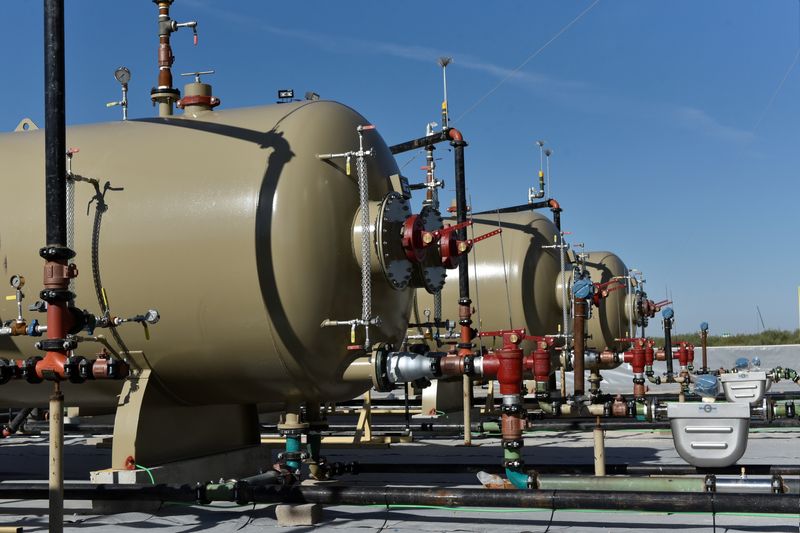Investing.com — Oil prices soared Monday after Saudi Arabia, the world’s largest exporter, pledged over the weekend to cut production by a further million barrels per day from July in an attempt to support a market hit by macroeconomic headwinds.
By 09:05 ET (13:05 GMT), futures traded 2.5% higher at $73.53 a barrel, while the contract rose 2.3% to $77.88 a barrel.
Saudi Arabia, the de facto leader of the group of top producers known as OPEC+, announced on Sunday that the kingdom’s output would drop to 9 million barrels a day in July from around 10 million barrels a day in May, the country’s biggest cut in years.
This voluntary cut comes on top of the ongoing deal by the Organization of the Petroleum Exporting Countries and allies, including Russia, to limit supply into 2024.
“The extension of supply cuts through until the end of 2024 should not change the outlook drastically,” said analysts at ING, in a note. ”However, the supportive factor in the immediate term is the further voluntary cut from Saudi Arabia. This should provide some limited immediate upside for the market, and it should also reinforce Saudi Arabia’s commitment to try to put a floor under the market.”
OPEC+ pumps around 40% of the world’s crude, and its decisions are important for providing stability in global energy markets, Kremlin spokesman Dmitry Peskov said on Monday.
The Saudi cut may support prices in the short term by restricting supply, but the broad demand dynamics are unlikely to get much better through much of this year.
The meets next week and could hike interest rates once more as remains elevated, further depressing economic activity in the largest crude consumer in the world.
This hawkish stance has boosted the , which hit a new two-month high earlier Monday, making oil more expensive for holders of other currencies.
Additionally, China’s expected economic recovery after the lifting of its severe COVID restrictions has been a lot slower than expected, meaning the jump in demand from the world’s largest importer has disappointed.
“The macro outlook continues to be a more important driver for prices than fundamentals at the moment.,” ING added.
Read the full article here








